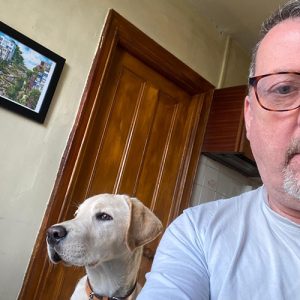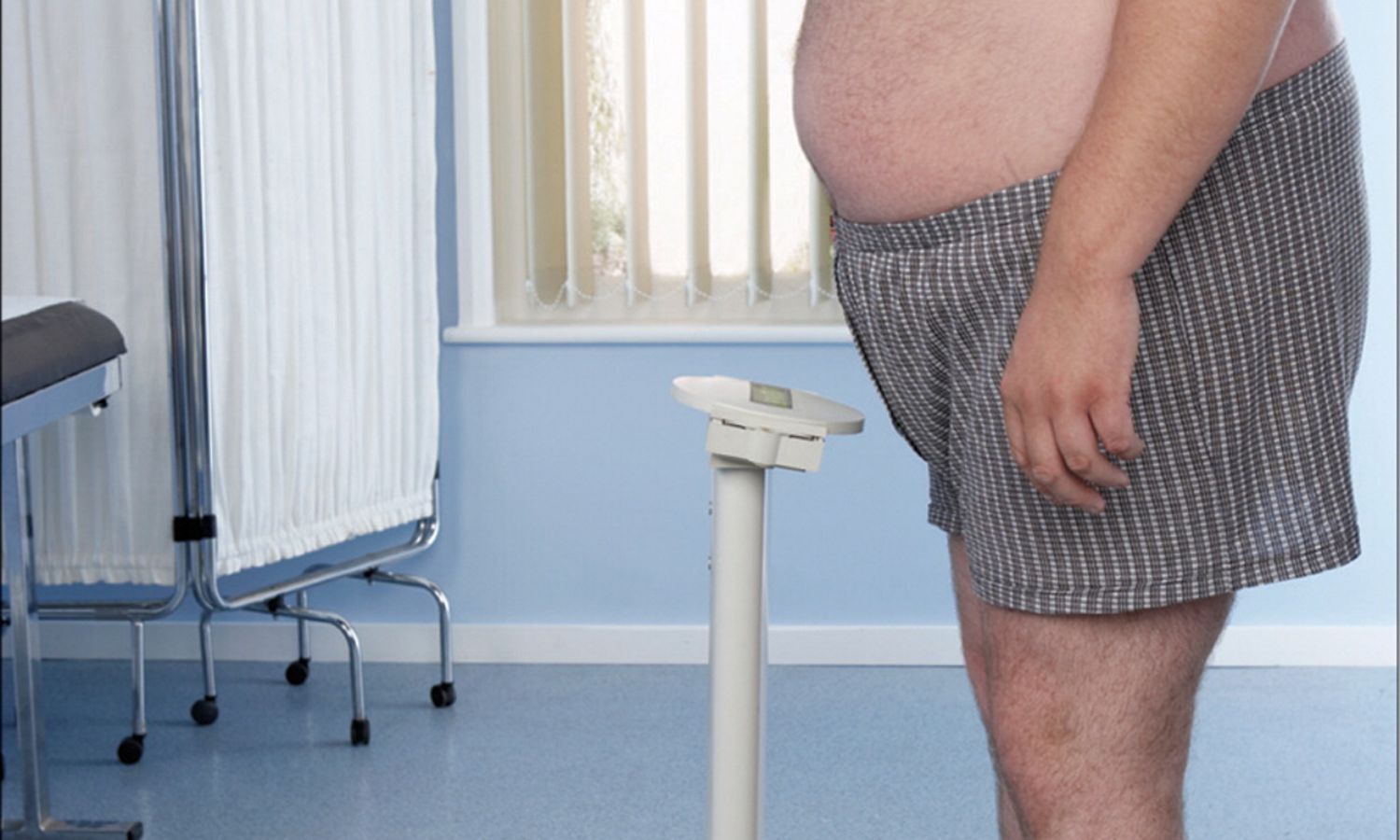The pharma industry, the OECD and Irish sources place Ireland near the back of the European pack on timely availability for cancer treatment, writes Terence Cosgrave
Fifteen years ago, cancer care changed course. Immune checkpoint inhibitors turned melanoma and lung cancer into treatable diseases for some, targeted pills went after specific mutations, and cell and radioligand therapies appeared for patients who had run out of options. Survival curves began to bend upward, and standards of care were rewritten.
Yet in Ireland—one of Europe’s richest economies on paper—patients often reach those breakthroughs later (or not at all) compared with their European peers. The European Society of Medical Oncology’s (ESMO) own research underscores wide, persistent inequalities in access to cancer medicines across countries. The pharma industry, the OECD and Irish sources place Ireland near the back of the European pack on timely availability for cancer treatment.

Terence Cosgrave
If you look specifically at oncology drugs approved in Europe between 2020 and 2023, Ireland sits close to the bottom for public availability and time-to-reimbursement.
- Availability: Ireland has roughly half the number of new oncology medicines available on public reimbursement lists compared with the EU average for that cohort, placing it alongside lower-income systems in Central and Eastern Europe.
- Delays: The median time from EU approval to public availability for oncology medicines in Ireland is approximately 748 days – well over two years. That’s among the longest waits in the EU.
These numbers aren’t abstract. The Irish Cancer Society has warned that lengthy waits and geographic variation in treatment leads to avoidable harms and has urged system-level reforms to ‘remove costs and delays in accessing treatment’.
So how did a ‘wealthy’ country end up with access more typical of Europe’s least wealthy? Six structural reasons dominate.
1) As we all know, our GDP is a fiction
Ireland’s headline GDP is famously distorted by multinationals. The statistic that better reflects spendable national income—Gross National Income (GNI)—is about 60 per cent of GDP. A country that ‘looks’ very rich by GDP can feel much tighter when setting annual health and drug budgets using GNI. That mismatch helps explain why funding doesn’t translate into rapid adoption of high-cost innovations.
2) A slow, sequential reimbursement pathway
New cancer drugs face a multi-stage process. Each step is logical – together, they add months to years. Peer-reviewed analyses of the National Centre for Pharmacoeconomics timelines and ISPOR studies show substantial elapsed time across the stages, especially for oncology and orphan indications.
Manufacturers, for their part, often launch later in small markets with complex HTA/price processes, which further pushes Ireland down the queue—a dynamic highlighted in European access reviews.
3) Diagnostics funding hasn’t kept pace with precision oncology
Access to many ‘new’ treatments depends on biomarker testing. ESMO recommends routine Next-Generation Sequencing in selected advanced cancers, and stresses that inconsistent access to testing drives inequality. Ireland has begun to build a national precision cancer diagnostics framework and Molecular Tumour Boards, but governance and reimbursement for routine molecular testing remain patchy—slowing or preventing access to targeted drugs even when the medicines are reimbursed.
4) Workforce and capacity bottlenecks
Oncology access isn’t just about the drugs. You need oncologists, radiologists, physicists, nurses and radiotherapy capacity to deliver care on time. Recent HSE workforce reviews show unmet demand for radiation oncology consultants and plans to expand training numbers through 2030. The system also relies on cross-border and private-sector radiotherapy capacity (e.g., Donegal patients using the Altnagelvin centre in Derry), a sign that infrastructure remains tight in parts of the country. These bottlenecks translate into longer waits for diagnostics and treatment starts.
5) Two tiers of speed amplify inequity
While drug reimbursement decisions apply nationally, speed to diagnosis, surgery and systemic therapy starts can look very different depending on where—and how—you enter the system. The Irish Cancer Society highlights long waits and regional variation that delays downstream access to the very therapies the last 15 years have made possible.
6) Small-market bargaining power (and the partial fix)
Ireland has tried to offset small-market disadvantages by joining BeNeLuxA, a cross-country collaboration (Belgium, Netherlands, Luxembourg and Austria) to negotiate pricing and share Health Technology Assessment work. There have been some joint successes, but BeNeLuxA can’t on its own solve domestic process time or diagnostic under-funding.
“But isn’t treatment itself improving here?” you might ask.
Yes, it is—and that’s really good news. Ireland has repatriated some CAR-T delivery for adults to St James’s, with Galway coming online, and launched Peptide Receptor Radionuclide Therapy (PPRT) for neuroendocrine tumours at St Vincent’s, reducing the need to travel abroad. Those are significant wins for specific patient groups. The CAR-T delivery at St James’ even won them an Irish Healthcare Award in recent years. But they don’t erase the broader pattern of slower, scarcer access to newly approved oncology drugs compared with much of Europe.
“What would actually fix the gap?”
Make diagnostics and drugs inseparable. Fund companion diagnostics/NGS in lockstep with drug adoption; payers should approve the testing pathway in parallel with the medicine. This aligns with ESMO guidance and removes a common practical barrier.
Compress timelines with true parallel processing. Run HTA, budget impact, and price negotiation steps in parallel where possible; set public targets (e.g., ≤365 days from EMA approval to first-patient access) and publish a monthly dashboard of performance by stage. Evidence from Irish HTA studies shows where elapsed time accrues; targets should match those chokepoints.
Use BeNeLuxA more—and earlier. Proactively flag high-impact oncology launches for joint negotiation before Irish submission, not after local HTA, so negotiated terms land closer to EMA approval.
Ring-fence cancer-innovation budgets against GNI volatility. Tie a multi-year innovation envelope to GNI (not GDP), with automatic growth, so ‘paper wealth’ swings don’t stall access to the next breakthrough.
Unblock the delivery system. Expand funded consultant posts and training slots in medical/radiation oncology and diagnostics; accelerate procurement of LINACs and imaging; reduce reliance on cross-border stopgaps. The HSE workforce plans are a start—now execution and capital must follow.
Grow clinical trials at home. Trial participation is often the fastest ‘access’ to tomorrow’s medicines. Strengthen start-up timelines and workforce support for trials to give Irish patients earlier options while reimbursement chases evaluation. (OECD and ESMO point to the role of trials and early-access schemes in closing gaps.)
There truly has been a revolution in cancer treatment—but access is the revolution’s drag factor. Ireland’s long waits and low availability for newly-approved oncology medicines – documented across European datasets – put it close to the systems with the least fiscal firepower. The reasons are solvable and, in many cases, already known – misaligned budget metrics, sequential and slow reimbursement steps, under-funded diagnostics and capacity constraints. Fix those, and the country’s real economic strength can finally translate into the kind of timely, equitable cancer care Irish patients deserve.
Are you ready? Ok, let’s roll. ![]()










